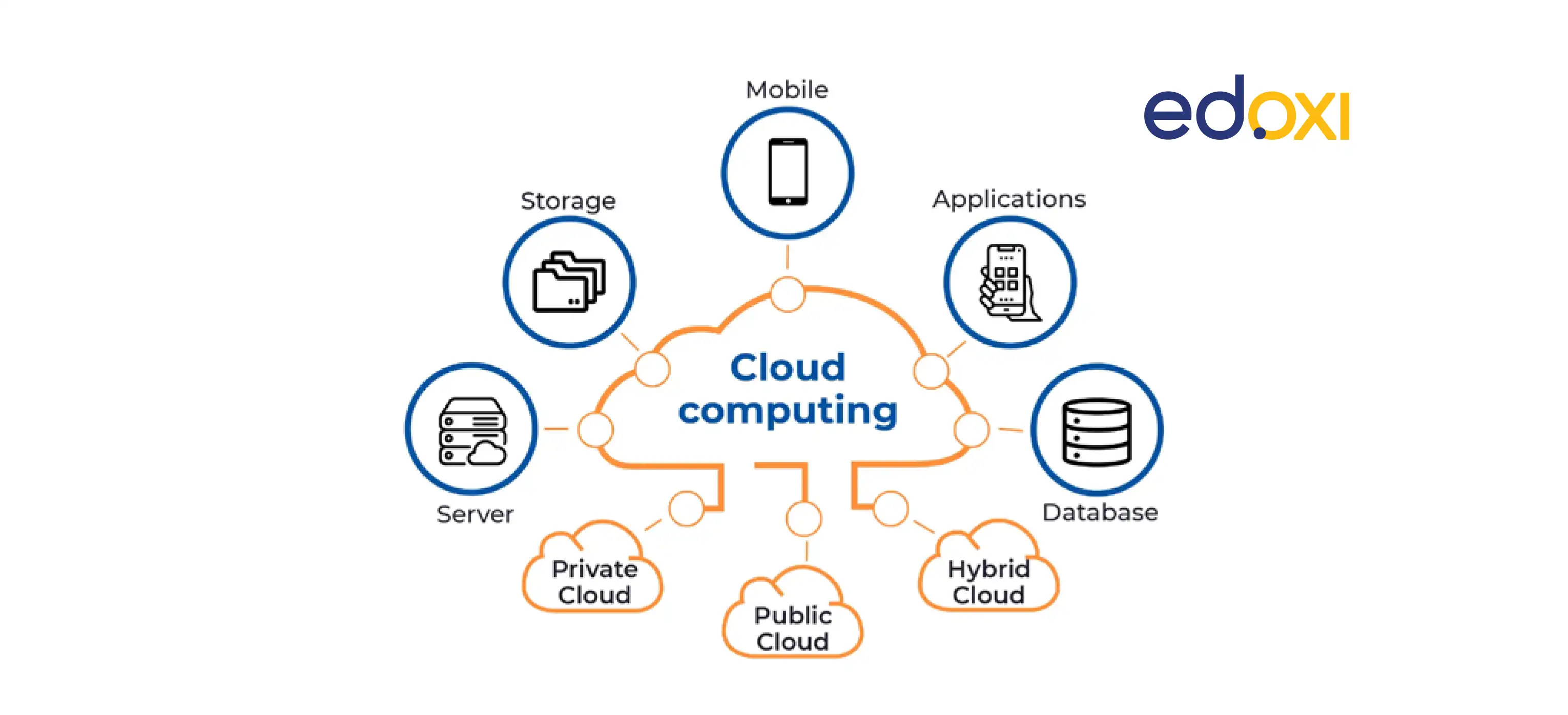Discover the Power of LinkDaddy Cloud Services: Official Press Release Insights
Discover the Power of LinkDaddy Cloud Services: Official Press Release Insights
Blog Article
Achieve Seamless Scalability With Cloud Solutions
In the ever-evolving landscape of cloud solutions, attaining seamless scalability stands as a keystone for modern businesses looking for to stay affordable and versatile. The quest for smooth scalability with cloud services reveals a globe of opportunities for those prepared to welcome the transformative power of dynamic source monitoring.
Benefits of Cloud Scalability
Cloud scalability provides companies the versatility to dynamically change resources based upon demand, guaranteeing optimal performance and cost performance. One crucial benefit is the capability to range sources up or down swiftly in action to changing work. This dexterity enables companies to meet altering customer demands without over-provisioning resources, eventually causing set you back financial savings. Scalability additionally boosts efficiency by making certain that systems can manage increased web traffic or workload without experiencing downtime or downturns. By efficiently assigning resources, organizations can keep high levels of efficiency throughout peak times without unneeded expenses during quieter periods. In addition, cloud scalability advertises advancement and experimentation by allowing companies to easily check brand-new concepts and scale them as needed. This versatility motivates a society of constant enhancement and adaptation, enabling organizations to stay competitive in a swiftly progressing market landscape. Ultimately, the benefits of cloud scalability prolong past cost financial savings to encompass enhanced performance, agility, and development.
Trick Functions for Scaling
Reliable scaling in cloud solutions depends on crucial functions that make it possible for organizations to adjust sources dynamically based on demand. One crucial function for scaling is elasticity, allowing resources to scale up or down in feedback to varying workloads. This makes certain that organizations can fulfill performance requirements without over-provisioning resources. One more essential function is scalability, allowing systems to manage enhanced work by including sources flawlessly. This function is important for suiting development without compromising performance. Furthermore, automation plays an essential duty in scaling by automating the provisioning and de-provisioning of sources based upon predefined policies. Automation reduces human treatment, improves effectiveness, and ensures rapid reaction to transforming needs. Surveillance and analytics devices are also crucial for scaling, supplying insights right into source use, efficiency metrics, and possible traffic jams. These tools make it possible for companies to make educated choices and enhance resource allowance for efficient scaling. On the whole, these essential attributes jointly empower companies to accomplish smooth scalability in cloud solutions.
Applying Auto-Scaling Strategies
To properly enhance resource appropriation and adapt to differing workloads, companies have to purposefully apply auto-scaling strategies in their cloud services facilities. Auto-scaling permits systems to automatically readjust the variety of calculate resources based on real-time need. There are numerous auto-scaling techniques that companies can utilize, such as predictive scaling, navigate to this website which utilizes historic data to anticipate future resource demands, and reactive scaling, which reacts to current workload adjustments.

Best Practices for Scalability
For companies aiming to improve their scalability in cloud solutions, implementing finest practices is crucial for optimal performance and source monitoring. One trick ideal method is developing applications with a microservices style. This approach breaks down applications into smaller, independent solutions that can be released, updated, and scaled individually, allowing for higher flexibility and scalability.
Another vital practice is using containerization innovation, such as Docker or Kubernetes. Containers make it possible for the packaging of applications and their reliances into isolated units, making it less complicated to scale parts independently and deploy them consistently across various settings.
Furthermore, implementing automated release and infrastructure as code (IaC) can simplify scalability efforts (linkdaddy cloud services). Automation devices like Terraform or Ansible aid in provisioning and taking care of sources effectively, minimizing manual mistakes and enabling rapid scalability
Moreover, monitoring efficiency metrics, establishing alerts, and carrying out normal ability planning are crucial methods to ensure positive scalability management. By adhering to these best practices, companies can attain seamless scalability in their cloud solutions while maximizing performance and resource use.
Tracking Performance Metrics
When analyzing the effectiveness of cloud solutions scalability, carefully keeping track of efficiency metrics is vital for making sure ideal performance and resource allotment. By continuously tracking essential efficiency indicators (KPIs) such as reaction times, latency, throughput, and source usage, companies can get valuable insights into the health and wellness and efficiency of their cloud infrastructure. Keeping an eye on performance metrics enables the early discovery of potential traffic jams or concerns that can affect scalability, enabling proactive measures to be required to address them prior to they intensify.

Verdict
In conclusion, achieving seamless scalability with cloud solutions is vital for organizations to optimize efficiency, improve technology, and maintain high performance degrees throughout peak times. By leveraging the benefits of cloud scalability, applying auto-scaling methods, utilizing essential attributes such as elasticity and automation, and adhering to best practices like application design and performance tracking, businesses can efficiently scale their systems while optimizing resource application and efficiency.
The mission for smooth scalability with cloud solutions reveals a globe of opportunities for those prepared to welcome the transformative power of vibrant source management.
Cloud scalability offers companies the flexibility to dynamically adjust resources based on demand, making certain ideal performance and her comment is here expense performance. One more essential feature is scalability, allowing systems to take care of increased work by including sources flawlessly.For companies aiming to boost their scalability in cloud services, carrying out best techniques is essential for optimal performance and source monitoring.When examining the efficiency of cloud services scalability, very closely keeping an eye on efficiency metrics is important for making certain ideal performance and resource appropriation.
Report this page